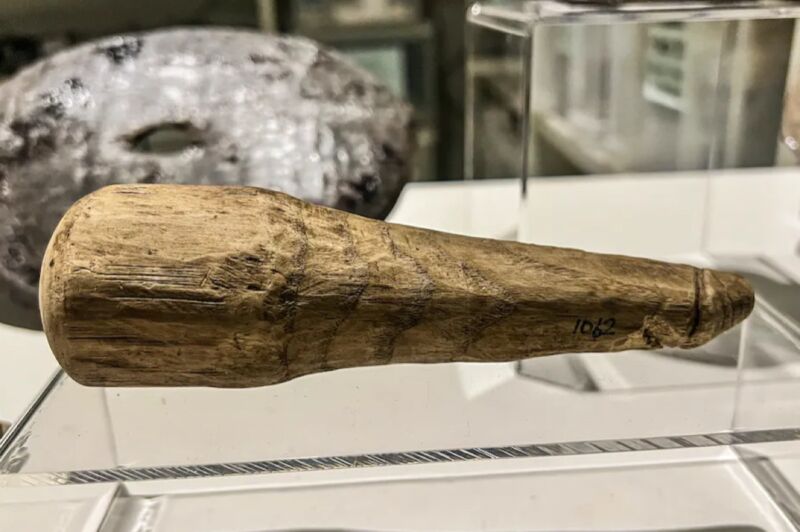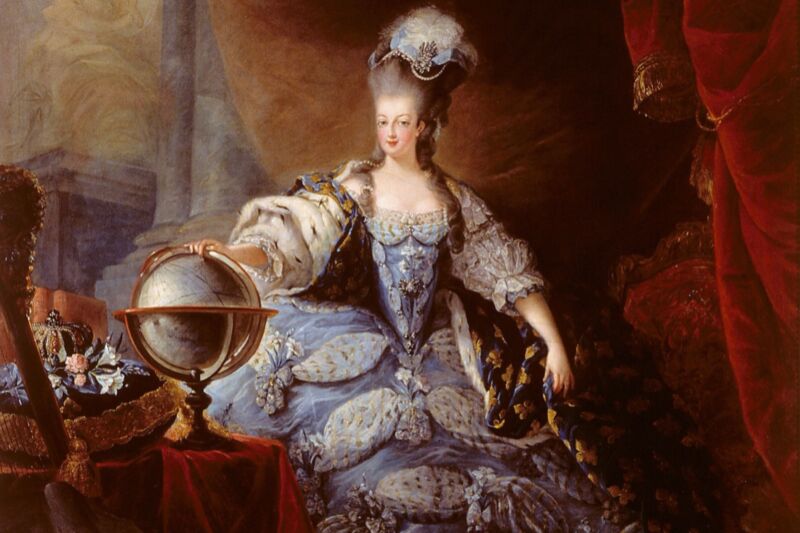
Enlarge
/
Nicolaus Copernicus revolutionized science with the publication of
De Revolutionibus Orbium Coelestium
in 1543. (credit: Sophia Rare Books)
Polish astronomer
Nicolaus Copernicus
revolutionized science when he challenged the 1,400-year dominance of
Ptolemaic cosmology
with the publication of
De Revolutionibus Orbium Coelestium
(
On the Revolutions of the Heavenly Spheres
) in 1543. His manuscript suggested that the Sun, not the Earth, was at the center of the Solar System, thereby altering our entire view of the Universe and our place in it. Now, a rare, pristine first edition is up for sale for $2.5 million.
The high price tag is a testament not just to the historical importance of the work, but also to the clear provenance and excellent condition of this particular edition, according to Christian Westergaard of Sophia Rare Books, who is handling the sale. (He will be exhibiting the edition at the upcoming New York International Antiquarian Book Fair next month.) A similar copy with just a couple of repairs and a contemporary binding sold at auction for $2.2 million in 2008. But most first editions of
De Revolutionibus
that come up for sale have dubious provenance, fake bindings, facsimile pages, stamps removed, or similar alterations that decrease the value.
Noted Copernican scholar
Owen Gingerich
spent 35 years tracking down and examining every surviving copy of the first two editions of
De Revolutionibus,
ultimately locating 276 first-edition copies (of about 500 originally printed) around the world, most of them part of institutional collections. There are only a handful of editions from
Gingerich's census
(maybe 10 to 15) in the hands of private collectors, including this one. "It's the holy grail for me," Westergaard told Ars. "If you're going to handle a book in this price range, you want good provenance. You don't want it to suddenly be reported stolen from some library. You want it to be in Gingerich's census. In my opinion, this copy has it all."
chevron_right








